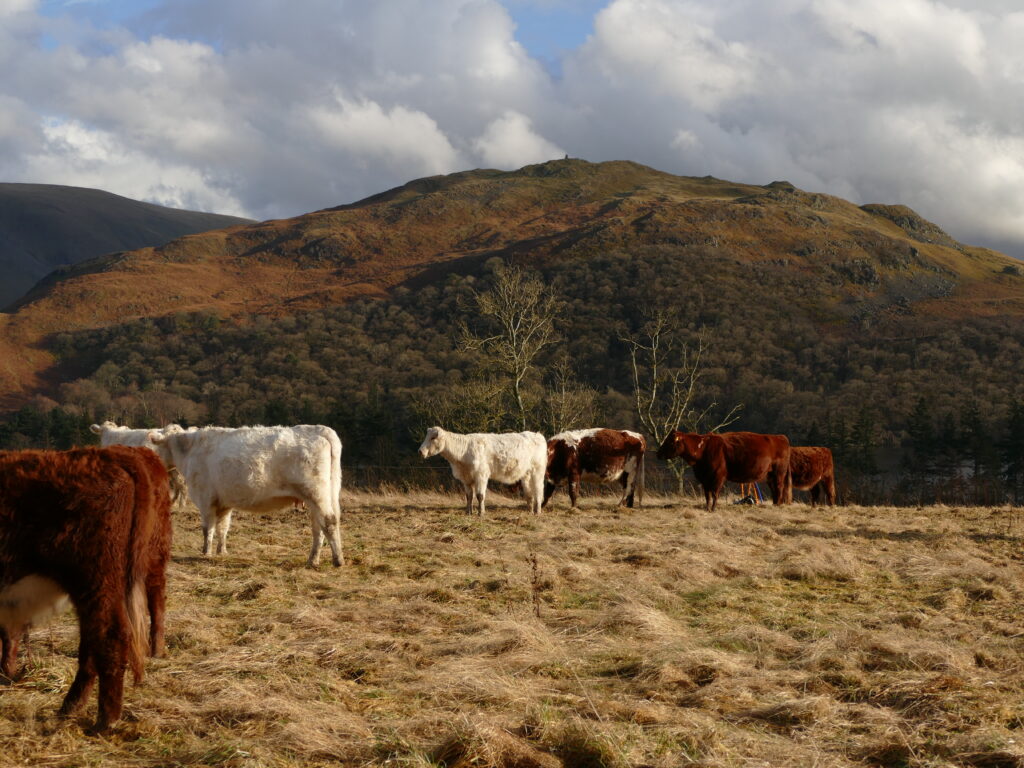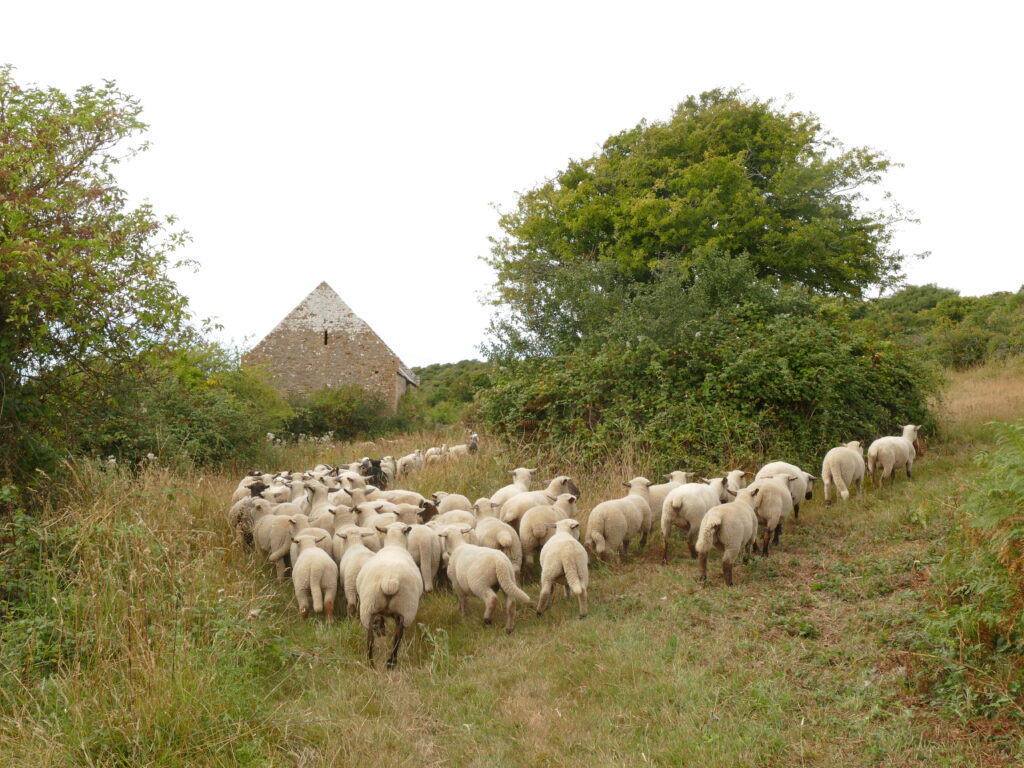On-farm sustainability assessments: the need for a truly holistic approach
The challenge
Sustainable development defined by the Brundtland Report is: Development that meets the needs of the present without compromising the ability of future generations to meet their own needs [1] and in many sectors this principle of sustainability is now measured through three main dimensions: social, economic, and environmental [2]. However, in the endeavour to maximise the benefits in any one of these areas there is inevitably conflict and trade-off to be considered and so the assessment of all three together is rarely achieved and can quite often lead to over representation in one area at the expense of others.
Modern conventional farming in the UK has been developed through the lens of post-war needs for self-sufficiency and so productivity has been considered the driving force, with little regard for the social or environmental impacts. However, with the UK government’s ambitious goals of reaching net zero greenhouse gas emissions by 2050 [3] alongside food security prioritisation and the Agricultural Transition Plan in motion there is no doubt that there is a “once in a generation opportunity to shape our agricultural policy to suit our needs for healthy food, where farms can be economically sustainable whilst contributing to essential environmental goals.” [4] In addition the changing diets and societal and ethical concerns about agricultural production cannot be considered in isolation.
This now accepted need for farmers to consider the full scope of sustainability is not only an enormous challenge but is also extremely hard to interpret. Whilst the consideration of greenhouse gas emissions and the use of carbon calculators have become widespread, the ability to broaden the assessment taking into account all stakeholders is seemingly impossible.
 (Photo: PfL certified Gobarrow Hall Farm, Lake District, by PfL content Manager, Angus Birditt)
(Photo: PfL certified Gobarrow Hall Farm, Lake District, by PfL content Manager, Angus Birditt)
A common language
Sustainability in agriculture is best considered like a VERY big cake. The recipe used to make the cake is very complex and not for the faint-hearted, but the serving of the cake is best done in an orderly fashion, slice by slice. The cake must be cut into equal sized slices and the number of slices needs to be considered carefully by considering how many stakeholders there really are. Cutting the cake into three – and sharing it between society, the economy, and the environment – might be the simplest division, but would be far too crude to be in anyway useful as a common language for on-farm evaluation.
However, when broken down further to represent the many stakeholders within each of the three broadly recognised dimensions, it becomes much easier to define the “sustainability categories,” determine indicators to measure each, and thus begin the process of benchmarking your own on-farm sustainability through a holistic lens.
A sustainability framework designed for farmers – The Global Farm Metric
The Global farm Metric (GFM) is one of the emerging frameworks that has been created by The Sustainable Food Trust (SFT) to define the complexity of the “sustainability cake” and to create “…a common language to understand, measure and monitor the state of farming systems….” Designed for farmers, it works to align existing metrics around a holistic view of farm-level sustainability.
The framework is divided into 12 main categories: Economics, Products, Livestock, Crops & pasture, Farmer & workers, Inputs, Resources, Governance, Soil & Water, Nature, and Community. These are further split into sub-categories and within each of these, indicators have been identified which can be easily measured and monitored to provide benchmarking of a farms performance in each category as well as the opportunity to then track over time. The wheel-edge categories of Impacts and Farm Practices act as the “marzipan and icing to the cake” and should be considered within each category.
 Fig 1: The Global Farm Metric Framework.
Fig 1: The Global Farm Metric Framework.
A common language framework to measure and monitor on-farm sustainability. If you would like to find out more about the Global Farm Metric and the methodologies for measuring sustainability on your farm please visit their website at https://www.globalfarmmetric.org/.
GFM are currently developing and trialling a “proof-of-concept” on-farm assessment tool – designed around their framework – and hope to gain valuable feedback from participating farmers to further develop the framework and to demonstrate the potential of measuring sustainability, promoting the frameworks uptake into existing farm assessments and metrics.
The dangers of chasing down one category only, such as GHGs, is now widely recognised. A blinkered response from the UK government towards climate mitigation neglected the need to consider many other critical areas including (but not exclusively); the continuing catastrophic biodiversity loss in the countryside, loss in rural community and economy, poor working conditions for agricultural workers and the continued exclusion of wider societies opinions of the food they eat and how it should be produced.
It is clear that holistic assessment of sustainability at a farm level can lead the way and inform future policy helping to to shape an optimal and sustainable future for UK agriculture.
Back to baking metaphors. The cake has been baked and sliced. Now we just need to eat it!
 (Photo: PfL certified Tamarisk Farm, Dorset, by PfL content Manager, Angus Birditt)
(Photo: PfL certified Tamarisk Farm, Dorset, by PfL content Manager, Angus Birditt)
[1] N. U. Oxford University Press: New York, “World Commission on Environment and Development (WCED). Our Common Future ,” 1987.
[2] T. Kuhlman and J. Farrington, “What is sustainability?” Sustainability, vol. 2, no. 11. MDPI, pp. 3436–3448, 2010. doi: 10.3390/su2113436.
[3] HM Government, “Net-Zero Strategy: Build Back Greener,” 2021.
[4] DEFRA, “The Agricultural Transition Period 2021 to 2024 Adviser Pack Version 1.,” 2020.



